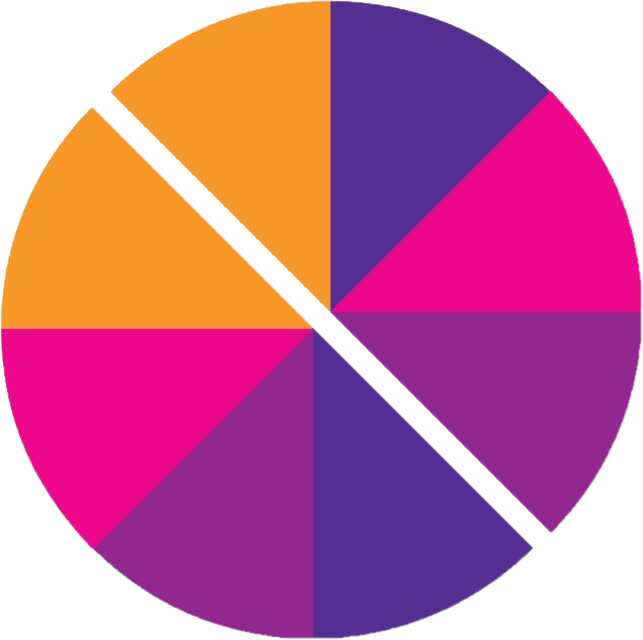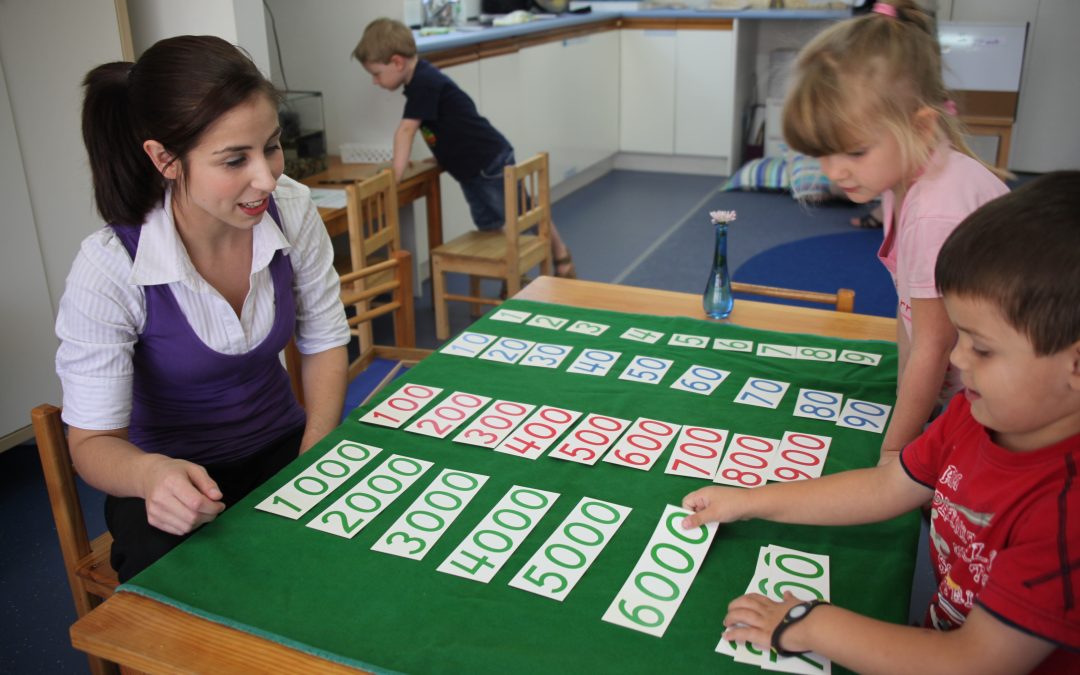MHere are a few helpful hints for you to encourage numeracy skills with your child at home!

-Make mathematics fun and relevant!
The more you make your child aware of the uses and benefits of numerals, counting and maths the more they will enjoy and respond to lessons on the topic. Show your child how numbers are useful in day to day life. This does not have to be through an overly planned activity, it can just be incidental observation. You probably already do some of these types of activities but try or add one of these simple ideas;
- In the supermarket reinforce your child’s awareness of amounts as well as their self-esteem by asking them to be helpful with the shopping. Ask them to retrieve for you “4 apples” or “6 bananas”. This not only encourages real life applications of counting but also builds retention rates and concentration spans as they have to memorise the number and type of food being asked for. It can also help to relieve the level of boredom that your child might feel just following a trolley through the aisles.
- When going for a walk down the street ask your child to help you read the numerals on letterboxes. You can either point to a numeral then ask your child to name it or do the reverse and name a random numeral and ask your child to keep it in their mind until they see one to show you. If your child is younger and just beginning their journey into numerals then separate the street numbers into individual numerals by pointing to one at a time. If they have begun use with higher numbers (ask a teacher if you are unsure whether they have been introduced to tens, hundreds and thousands) then you can encourage your child to read the higher street numbers as a complete numeral.
- Encourage counting around the home in any situation. Ask your child to help you set the table (this is also a Practical Life skill which is available for practice at Pre-School, including placement of forks, knives, spoons and plates and rolling serviettes into a serviette holder) at dinner time. Tell them that they need to put out as many plates as there are people in the house. This will encourage them to count the family members, then retain that number to apply it logically to retrieving and placing the corresponding amount of plates.
- Teach your child your phone number. Show them the number written on a piece of paper and give them a phone (preferably a mobile phone so that they can see the numbers appearing on the screen to track and self-check their progress) so that they can learn how to type in the number. This will help them not only to see another practical use of numbers but will also help them to memorise your details in case of an emergency. Always remember that children learn by doing. If you want your child to know your number then do not just say it to them and expect them to remember it, give them an opportunity to concretely practice with it.
Think about the way that you use numbers in your day to day life and use your imagination to turn applications of this into a game or activity with your child.

-Consider the order in which children gain knowledge of mathematics.
All children have different learning paths and will sometimes wander from the average learning course but there are also clear patterns which emerge in early development. Generally children will comprehend basic number concepts in this order;
- Memory and verbal repetition of counting
- Counting fixed amounts (ie.applying that verbal concept to a concrete purpose).
- Learning and recalling written numerals.
- Associating the numerals with amounts.
- Ordering and associating numerals with amounts.
Understanding this common pattern can help you to understand why your child may be perfectly happy counting out loud and might race ahead verbally counting into high numbers but might then struggle to physically count out even three or four items. Being able to remember the order of numbers is an extremely different skill from being amount to create or count amounts. Similarly your child might be perfectly able to count out ten items but would then struggle to show you the number 10. This is again perfectly normal as they are totally different concepts. The concrete amount of something is different from its visual symbol. A child must not only experience but actually understand both of these separately before they can begin to combine them. Make sure that you follow your child’s pace rather than relying on your own expectations.
-Use sensorial experiences and muscular memory to help your child retain mathematic concepts.
Again keep in mind that children learn best through concrete experiences. Do not just expose your child to looking at a numeral, let them feel the shape of that numeral. Draw it in the sand or dirt, create the shape of it with playdough so that your child can physically experience and later recall the shape of that numeral. In counting amounts let your child physically pick up the objects rather than just looking or pointing at them. If your child has the amount in their hands they will concretely experience the concepts of increases and decreases in amounts which will make the later introduction of addition and subtraction more accessible.
-Sing and play with rhymes, songs and games involving counting.
By using simple tunes such as ‘5 in the bed’ you can reinforce your child’s knowledge of both increases and decreases in numbers. Always consider the long term benefits of seemingly simplistic activities. ‘5 in the bed’ introduces the idea that when one is subtracted (or ‘one falls out’ in this case!) the total number will reduce. This fun song is actually explaining to children a mathematical concept. Similarly by doing something as simple as clapping to the syllables of a word you are helping your child to develop the ability to detect quantity by ear. Clapping to syllables also increases awareness of rhythm, therefore encouraging musical expression, and an awareness of syllables as a structural basis of words will be beneficial to your child when they are later creating and reading words.

